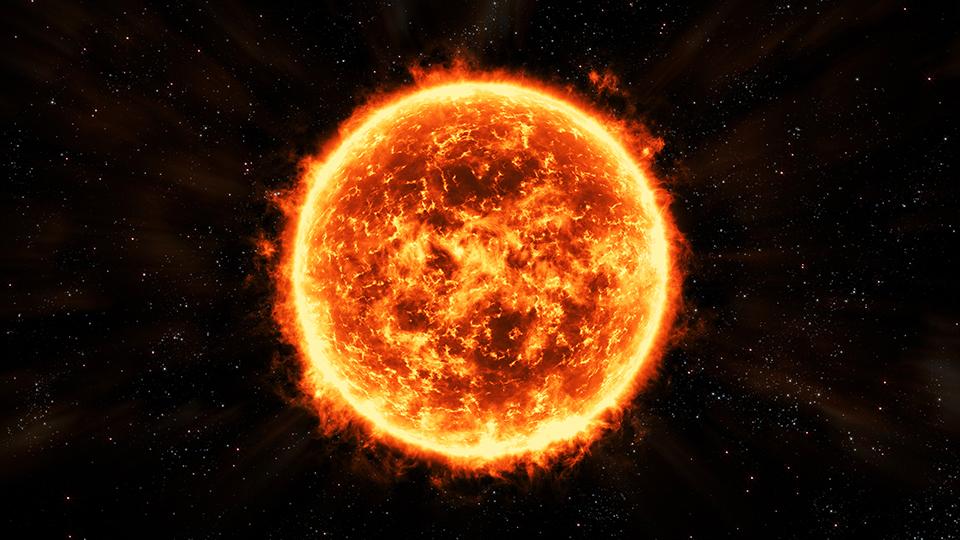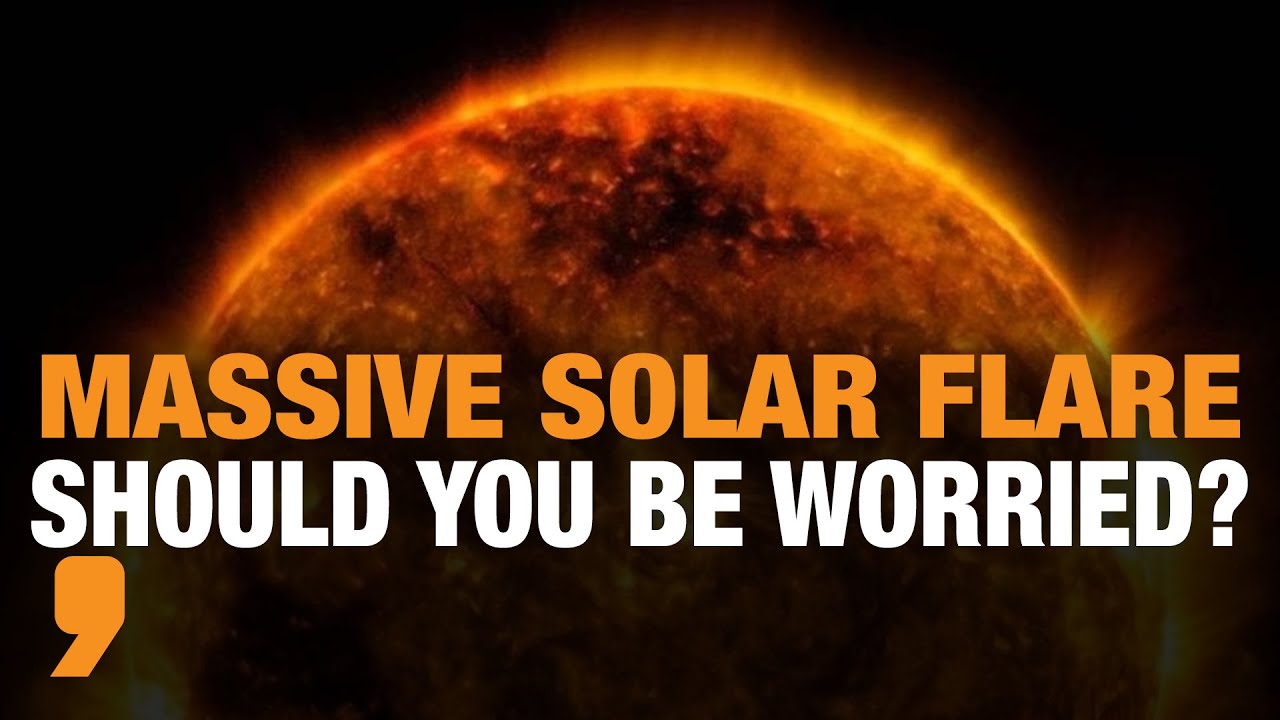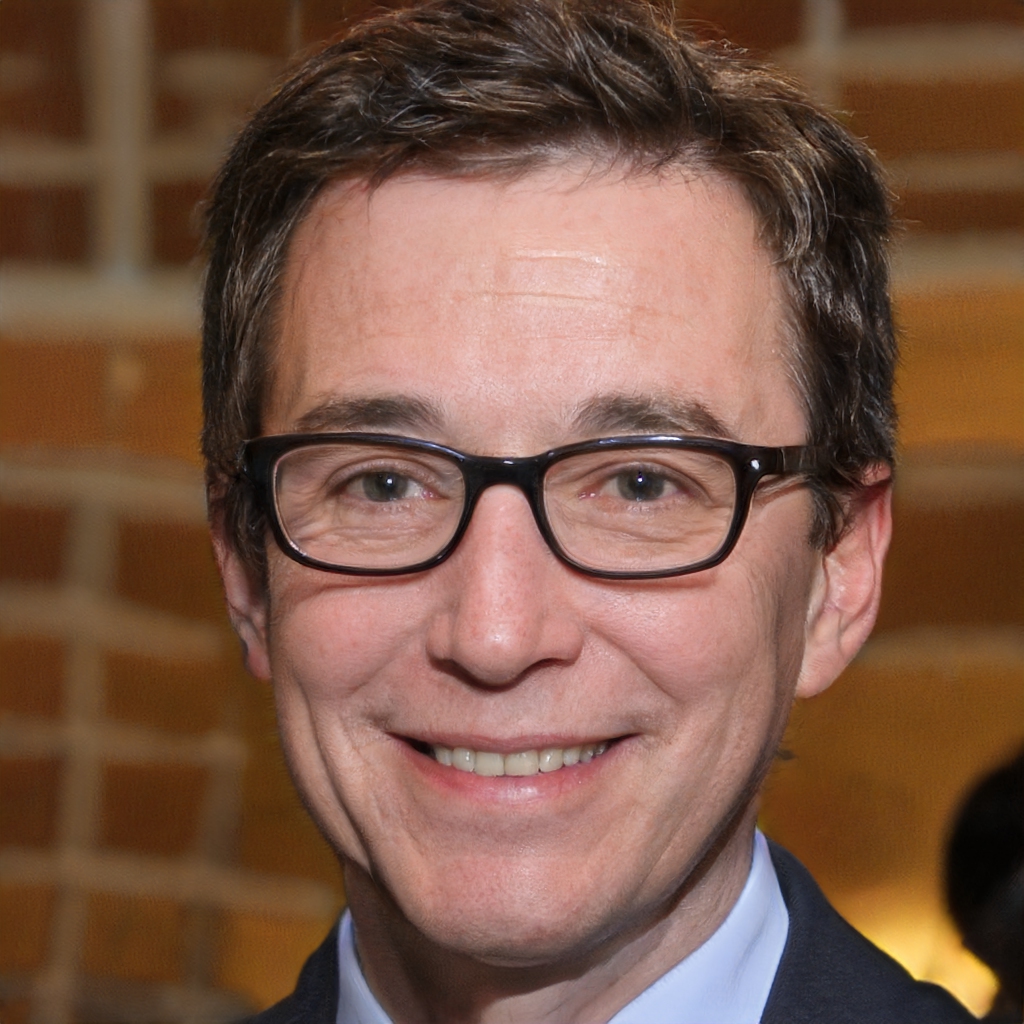Arctic And Antarctic Face Days-Long Radio Blackouts As Cannibal CME Erupts From Sun
Arctic and Antarctic face days-long radio blackouts as cannibal CME erupts from sun according to NOAA's report. In its report, it claims that an ongoing solar storm has struck the polar regions of our planet. Experts have identified the impact as a "cannibal" coronal mass ejection originating from the sun.
Author:Camilo WoodReviewer:Dexter CookeJul 20, 20237.9K Shares611.1K Views

Arctic and Antarctic face days-long radio blackouts as cannibal CME erupts from sunaccording to NOAA's report. In its report, it claims that an ongoing solar storm has struck the polar regions of our planet. Experts have identified the impact as a "cannibal" coronal mass ejection originating from the sun.
This event, known as a Polar Cap Absorption, involves the absorption of high-frequency and very high-frequency radio waves in the ionosphere, while low-frequency and very low-frequency radio waves are reflected at lower altitudes than usual. The event has been underway since Monday evening at approximately 9:15 p.m. ET, according to NOAA.
The cause of this phenomenon was a significant release of plasma from the sun, known as a coronal mass ejection (CME), accompanied by a powerful M5 solar flare. These dual eruptions led to a minor solar radiation storm, which directed energetic protons towards Earth.
"PCA events can prevent the ability to communicate via HF radio propagation around the polar regions and can last for hours to days," NOAA said Tuesday. "This event is likely to continue throughout 18 July and perhaps into 19 July."
According to the scale that measures solar radiation storms, the current event has been classified as an S1, with the scale ranging up to S5. As an S1 storm, it is considered to have no significant biological impacts and will not disrupt satellite operations. However, there is a possibility of radio blackouts occurring at the polar regions due to the ongoing solar storm.
Following the announcement of an M5.7 flare and coronal mass ejection originating from the same solar region, NOAA reported the observation of a moderate solar radiation storm, potentially leading to radio blackouts on the sunlit side of Earth, as observed by a satellite.

Massive Solar Flare Triggers Radiation Storm on Earth | Should You Be Worried? | News9
NOAA had already forewarned of the likelihood of solar flares occurring throughout the week, with a possibility of X-class flares, the most powerful ones described as "explosions on the surface of the sun," expected on Monday and Tuesday. Adding to the concern, experts noted the approach of a "cannibal" CME, fueled by recent plasma bursts as the sun entered the fourth year of its cycle.
Earlier, on Friday, the sun experienced a small solar flare and a peculiar "dark eruption" characterized as a "spray of dark plasma" moving away from the sun's southern hemisphere, as reported by SpaceWeather.com. The following day, a second, stronger flare erupted from the sun.
SpaceWeather.com further explained that NOAA models indicated the second flare would essentially absorb the first, leading to the formation of what is known as a "cannibal CME." NOAA predicts these CMEs to reach Earth on Tuesday, possibly intensifying the existing solar radiation storm and raising the likelihood of a low-level geomagnetic storm.
In the event of a minor geomagnetic storm, there could be visible northern lights in regions like Michigan and Maine, and potential minor impacts on power grids and satellite operations, as per NOAA's statement.
According to Associate Astronomy Professor Daniel Brown from Nottingham Trent University, the intensity of the CMEs is the key factor that determines the strength of the eventual geomagnetic storm experienced by the planet.
Conclusion
“„The amount of matter ejected, its speed, the associated magnetic fields, as well as how they interact with other already emitted particles from the sun, all add up to a bumpy environment moving outwards from the sun for our Earth's magnetic field to travel through. The more prolonged, the stronger the interaction will be and the higher the likelihood of a strong geomagnetic storm.- Associate Astronomy Professor Daniel Brown from Nottingham Trent University
Jump to

Camilo Wood
Author
Camilo Wood has over two decades of experience as a writer and journalist, specializing in finance and economics. With a degree in Economics and a background in financial research and analysis, Camilo brings a wealth of knowledge and expertise to his writing.
Throughout his career, Camilo has contributed to numerous publications, covering a wide range of topics such as global economic trends, investment strategies, and market analysis. His articles are recognized for their insightful analysis and clear explanations, making complex financial concepts accessible to readers.
Camilo's experience includes working in roles related to financial reporting, analysis, and commentary, allowing him to provide readers with accurate and trustworthy information. His dedication to journalistic integrity and commitment to delivering high-quality content make him a trusted voice in the fields of finance and journalism.

Dexter Cooke
Reviewer
Dexter Cooke is an economist, marketing strategist, and orthopedic surgeon with over 20 years of experience crafting compelling narratives that resonate worldwide.
He holds a Journalism degree from Columbia University, an Economics background from Yale University, and a medical degree with a postdoctoral fellowship in orthopedic medicine from the Medical University of South Carolina.
Dexter’s insights into media, economics, and marketing shine through his prolific contributions to respected publications and advisory roles for influential organizations.
As an orthopedic surgeon specializing in minimally invasive knee replacement surgery and laparoscopic procedures, Dexter prioritizes patient care above all.
Outside his professional pursuits, Dexter enjoys collecting vintage watches, studying ancient civilizations, learning about astronomy, and participating in charity runs.
Latest Articles
Popular Articles